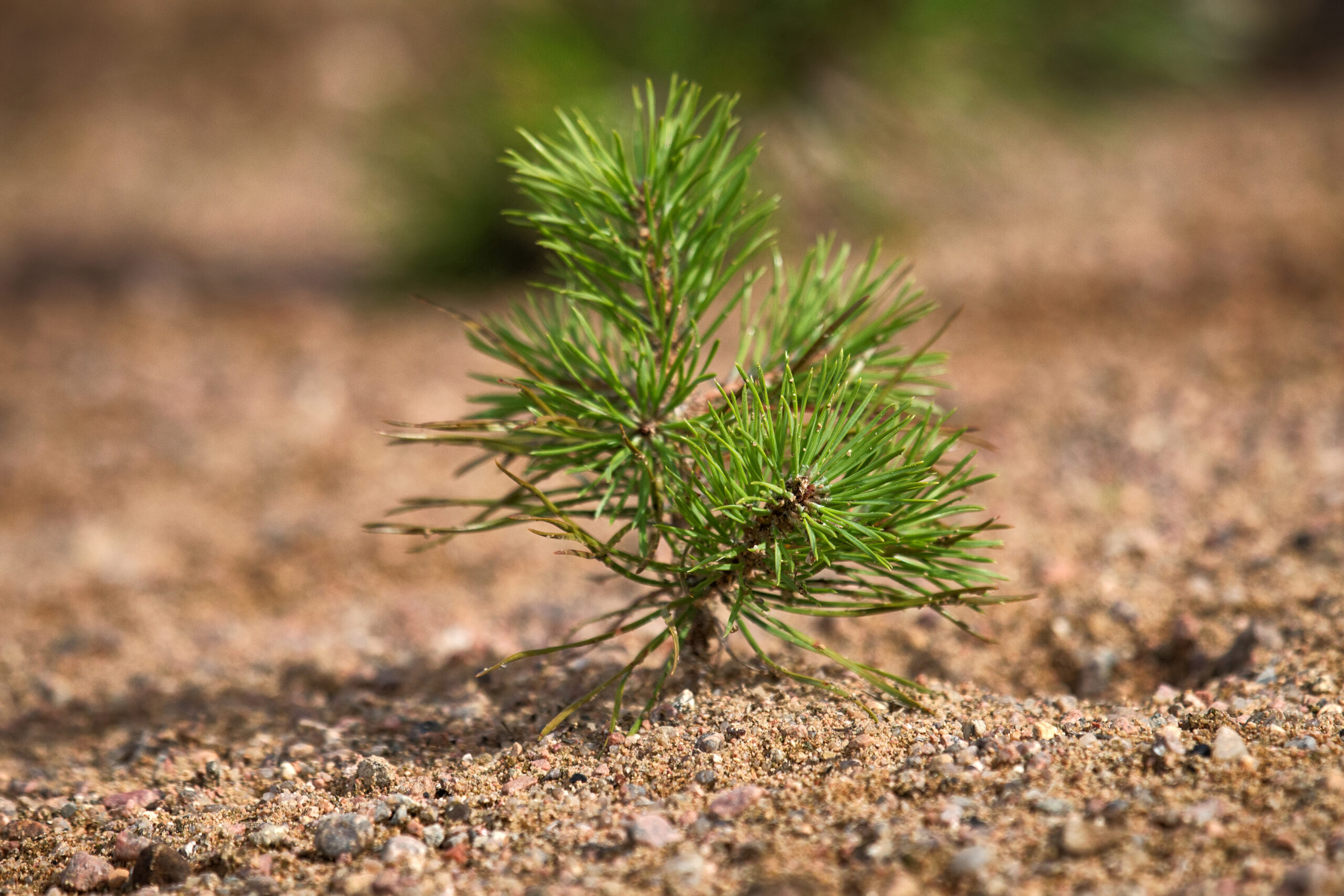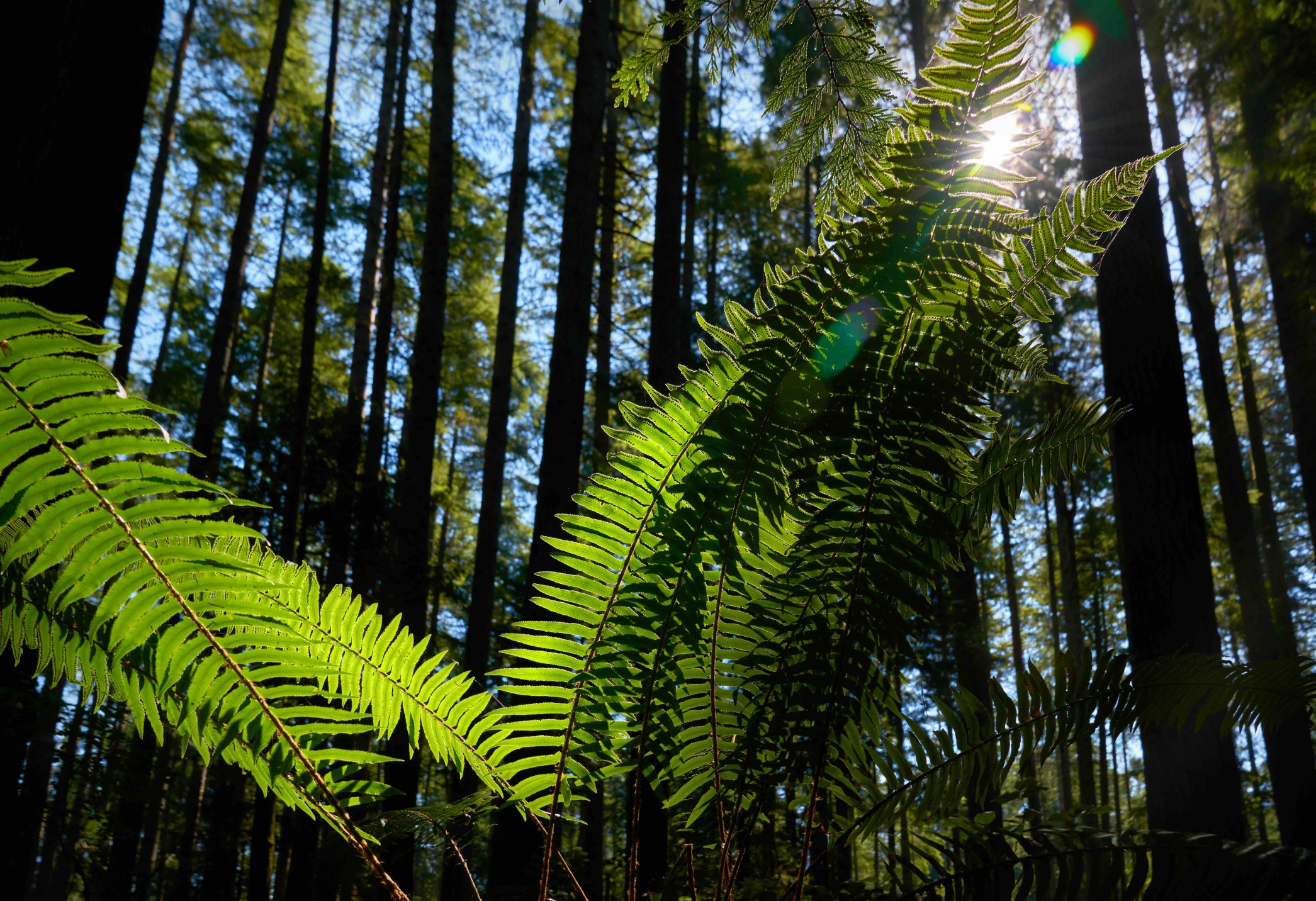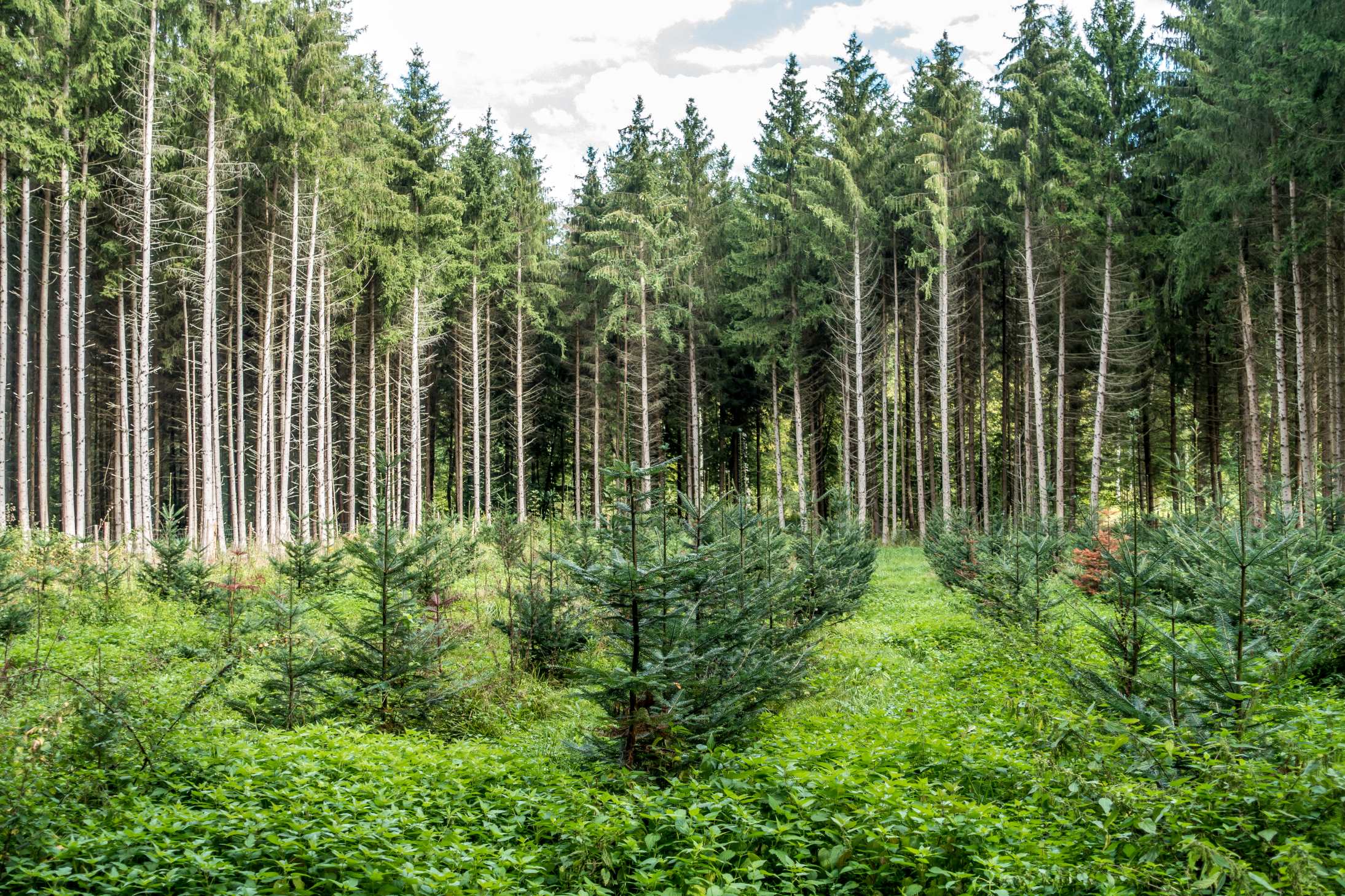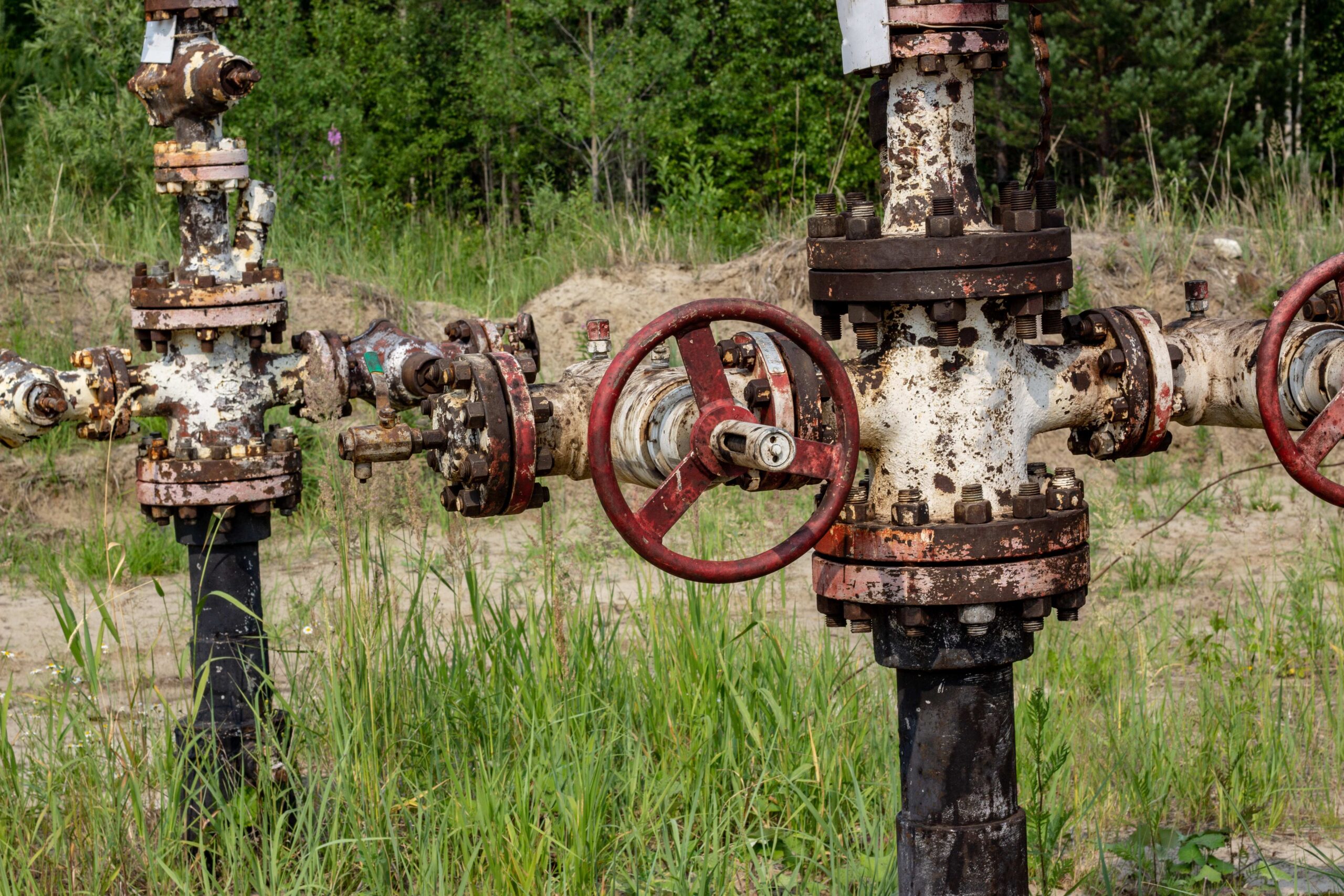This website uses cookies so that we can provide you with the best user experience possible. Cookie information is stored in your browser and performs functions such as recognising you when you return to our website and helping our team to understand which sections of the website you find most interesting and useful.
American Carbon Registry Approves Carbon Offset Methodology for Restoration of Pocosin Wetlands

SACRAMENTO, CA, October 24, 2017 – The American Carbon Registry (ACR), a non-profit enterprise of Winrock International, announces the approval of a milestone methodology developed by The Nature Conservancy and TerraCarbon to measure and verify greenhouse gas (GHG) emissions reductions from the restoration of peat soils. This breakthrough is the result of eight years of Conservancy research in northeastern North Carolina. Landowners who restore peat soils can use this methodology to document and sell carbon credits on the voluntary carbon market.
North Carolina’s Albemarle-Pamlico peninsula is a patchwork of peat soils called pocosins (Algonquin for ‘swamp on a hill’), thick deposits of decomposed plant matter that store high amounts of carbon. Similar peat deposits are found along the United States coast from southern Virginia to southern Georgia. The methodology applies to those areas as well, offering private landowners in all of these states a potential financial incentive for restoration.
These pocosins have been ditched and drained since Colonial times. In fact, one drainage canal at the Great Dismal Swamp in Virginia is named the George Washington Canal because its construction was led by our first president. Dry peat emits carbon dioxide, and is vulnerable to large wild fires that also emit carbon dioxide. The Conservancy work involves restoring more natural water patterns to peat, thus reducing GHG emissions.
The original work began at the Alligator River National Wildlife Refuge in 2009. As the work progressed, researchers wanted to prove that carbon dioxide emissions could be avoided by restoration. At Pocosin Lakes National Wildlife Refuge, Conservancy researchers monitored carbon dioxide emissions at a restored site and compared that data to emissions from a site that was not restored. The results were submitted to the ACR, a nonprofit that oversees the registration and verification of carbon offset projects.
“This provides another tool to incentivize conservation of pocosins on private lands. We hope that in the future, this will provide an additional funding stream to scale up restoration work,” says Brian Boutin, Director of the Conservancy’s Albemarle-Pamlico office. “There is the potential that selling carbon credits could fund restoration and possibly provide additional income to private landowners as well. This methodology is a really important step in getting us towards that goal.”
“We are very pleased to approve the pocosins methodology, adding to our list of approved wetland restoration methodologies for the Mississippi delta and the California delta and coast,” said Mary Grady, ACR Deputy Director. “This new methodology is an important tool for landowners to access carbon market finance for restoration activities, and we are excited to see the first pocosin offset projects emerge.”
The Conservancy worked with TerraCarbon, which develops and sells carbon offsets to fund forest and wetland conservation around the world, to develop the methodology and shepherd it through ACR’s stakeholder consultation and scientific peer-review approval process. This work was funded by Duke Energy, the Wildlife Conservation Society and the U.S. Fish and Wildlife Service. Other partners include United States Geological Survey, East Carolina University and Duke University.




